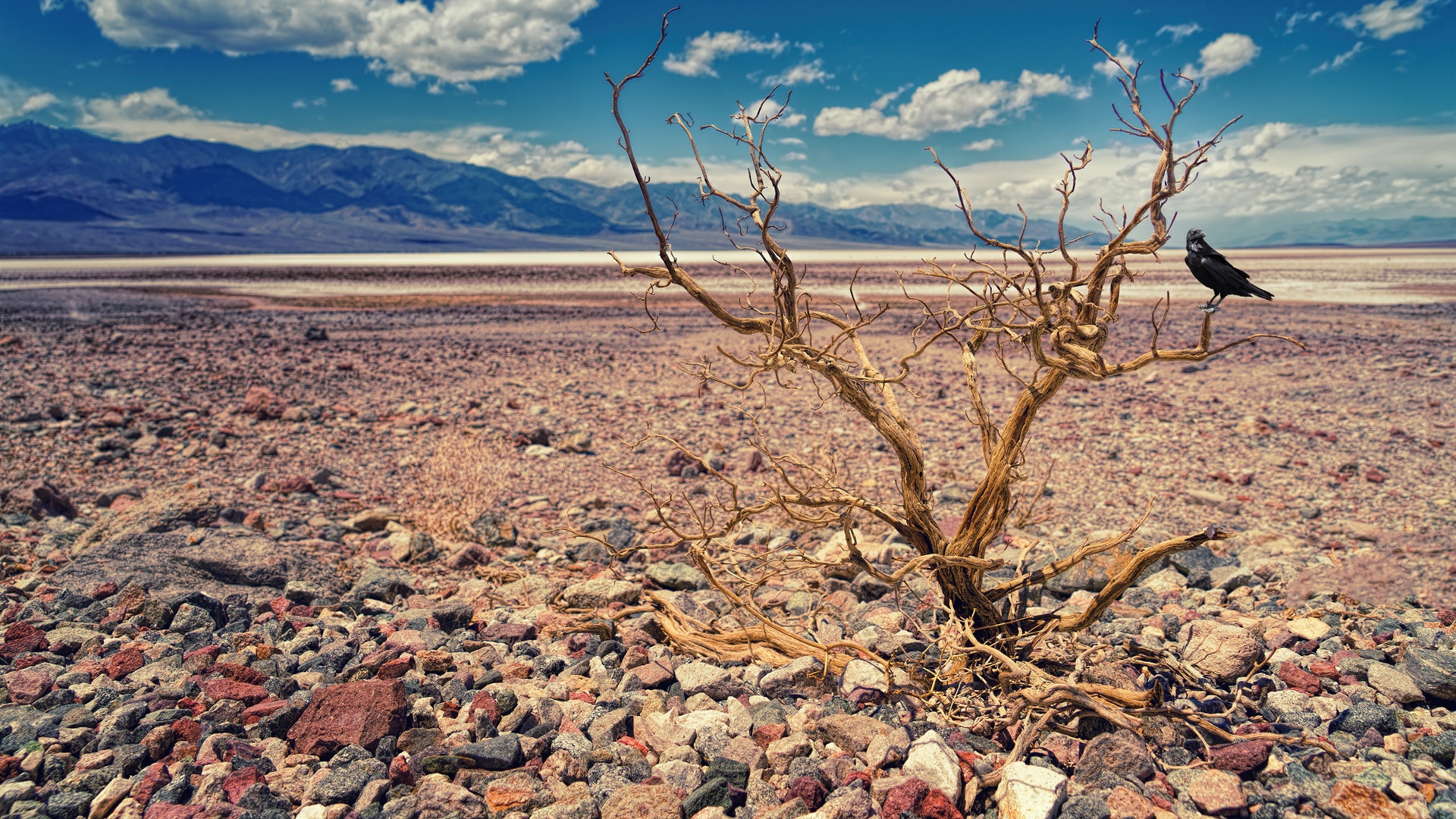Environment
27 India states and UTs vulnerable to extreme climate events: CEEW Study
Three out of four districts in India are extreme event hotspots, with 40% of the districts exhibiting a swapping trend, that is, traditionally flood-prone areas are witnessing more frequent and intense droughts and vice-versa, says a study by the Council on Energy, Environment and Water (CEEW).
The environment think tank designed a composite climate vulnerability index (CVI) for Indian states and UTs that considers exposure, sensitivity and adaptive capacity. Through the CVI, the CEEW explored the differential importance of each vulnerability indicator.
As such, it found that 27 States and UTs are highly vulnerable to extreme hydro-met disasters and their compounded impacts. CEEW’s analysis suggests that India’s western and central zones are more vulnerable to drought-like conditions and their compounding impacts. The northern and north-eastern zones are more vulnerable to extreme flood events and their compounding impacts. Meanwhile, India’s eastern and southern zones are highly vulnerable to extreme cyclonic events and their impacts. The eastern and southern zones are also becoming extremely prone to cyclones, floods and droughts combined.”
Vulnerable to extreme drought and extreme cyclone-like events
The study highlights that the southern and western regions are the most vulnerable to extreme droughts and are affected year on year. These regions are predominantly affected by agricultural droughts. Since the 2000s, the northern, eastern and central zones have been moderately vulnerable and are predominantly affected by meteorological and agricultural droughts. The north-eastern region is least vulnerable to extreme drought events.
CEEW highlighted that more than 59% of districts located in the eastern zone are highly vulnerable to extreme cyclone events. In the western zone, more than 41% of districts are cyclone hotspots. The analysis shows that the western coast has become increasingly vulnerable to cyclones in the last decade (2010-2019). India’s northern and north-eastern zone face very few extreme cyclone events and therefore, less vulnerable. The central zone is the only zone in India with no hotspots for extreme cyclone events.
Also Read: Pariksha set to expand talent pool by 50% in coming two quarters
Moreover, increased drought-like conditions across India trigger the cyclogenesis process by which depressions turn into deep depressions, and deep depressions into cyclonic storms across the rapidly warming Indian Ocean. The study says that since these cyclones are accompanied by floods, several districts across the eastern and western coasts are vulnerable to all three extremes.








































Pingback: With drones usage set to increase significantly, India has notified policy